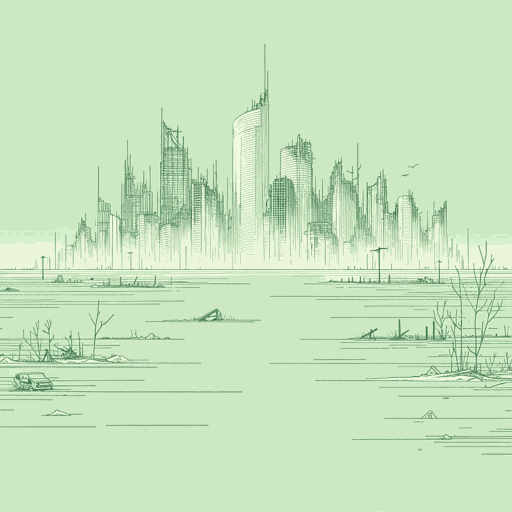52 pages • 1 hour read
Alan WeismanThe World Without Us
Nonfiction | Book | Adult | Published in 2007A modern alternative to SparkNotes and CliffsNotes, SuperSummary offers high-quality Study Guides with detailed chapter summaries and analysis of major themes, characters, and more.
Background
Scientific Context: The Anthropocene
The word “Anthropocene” does not appear in The World Without Us, but the concept deeply informs the book’s premise. The term was introduced into mainstream environmental discourse in a 2002 essay by the Dutch meteorologist and atmospheric chemist Paul J. Crutzen to denote a proposed new geological epoch, the “Age of Man” (Crutzen, Paul J. “Geology of mankind.” Nature, 2002). Beginning with the Industrial Revolution in the late 18th century, Crutzen observed, human actions have had increasingly profound impacts on the biophysical environment. Humans have always altered their environment, but Crutzen and colleagues argued in a subsequent article that the industrial revolution ushered in a qualitatively different form of environmental impact:
Preindustrial societies […] did not have the numbers, social and economic organisation, or technologies needed to equal or dominate the great forces of Nature in magnitude or rate. Their impacts remained largely local and transitory, well within the bounds of the natural variability of the environment (Steffen, Will, et al. “The Anthropocene: Are Humans Now Overwhelming the Great Forces of Nature?” Ambio, 2007).
Since industrialization, however, and especially since the post-World War II “Great Acceleration” of human enterprise, humans have increased our population, resource consumption, habitat destruction, and greenhouse-gas emissions so explosively as to alter the functioning of fundamental Earth systems, making humanity itself a “force of nature.

